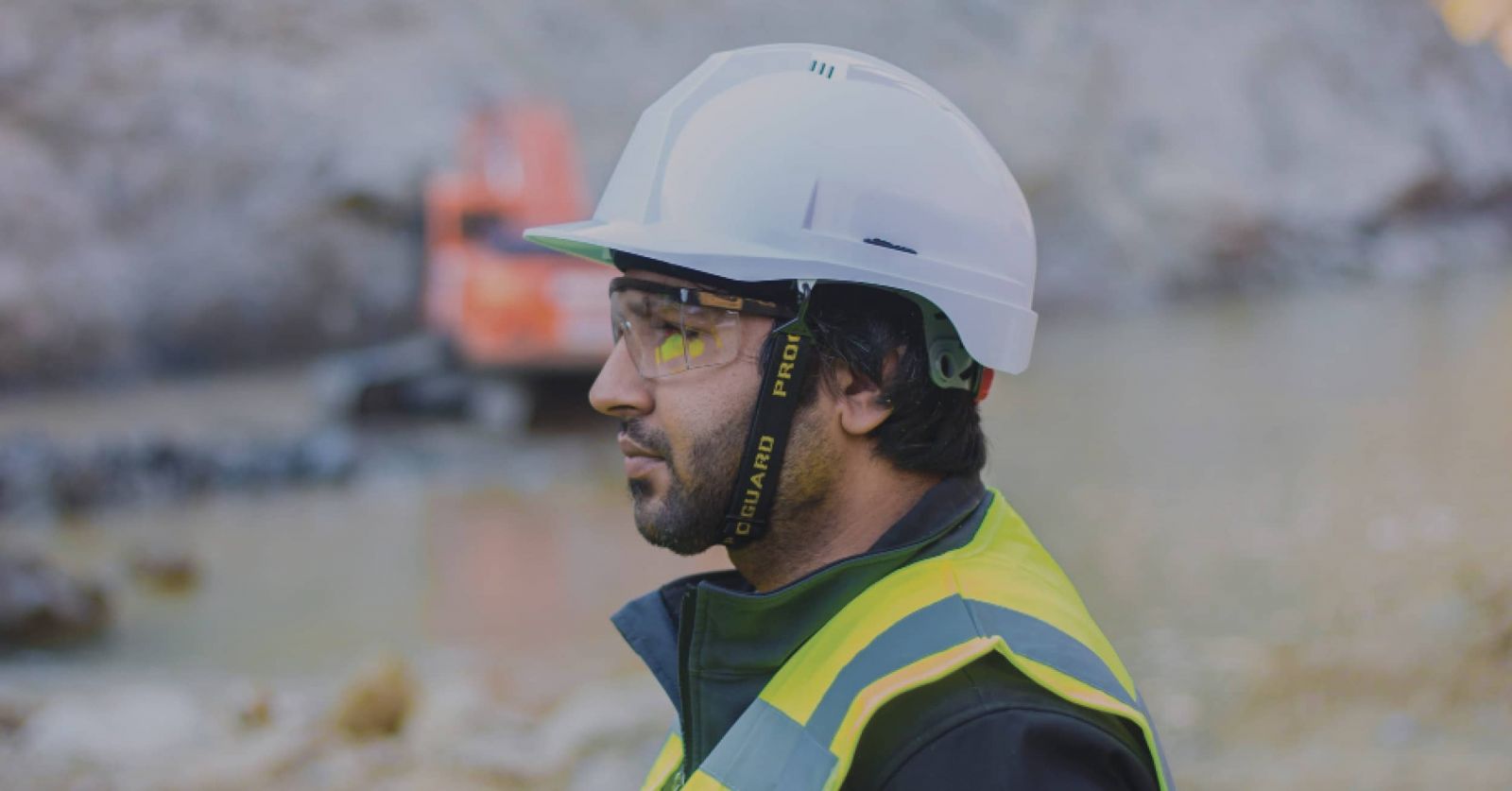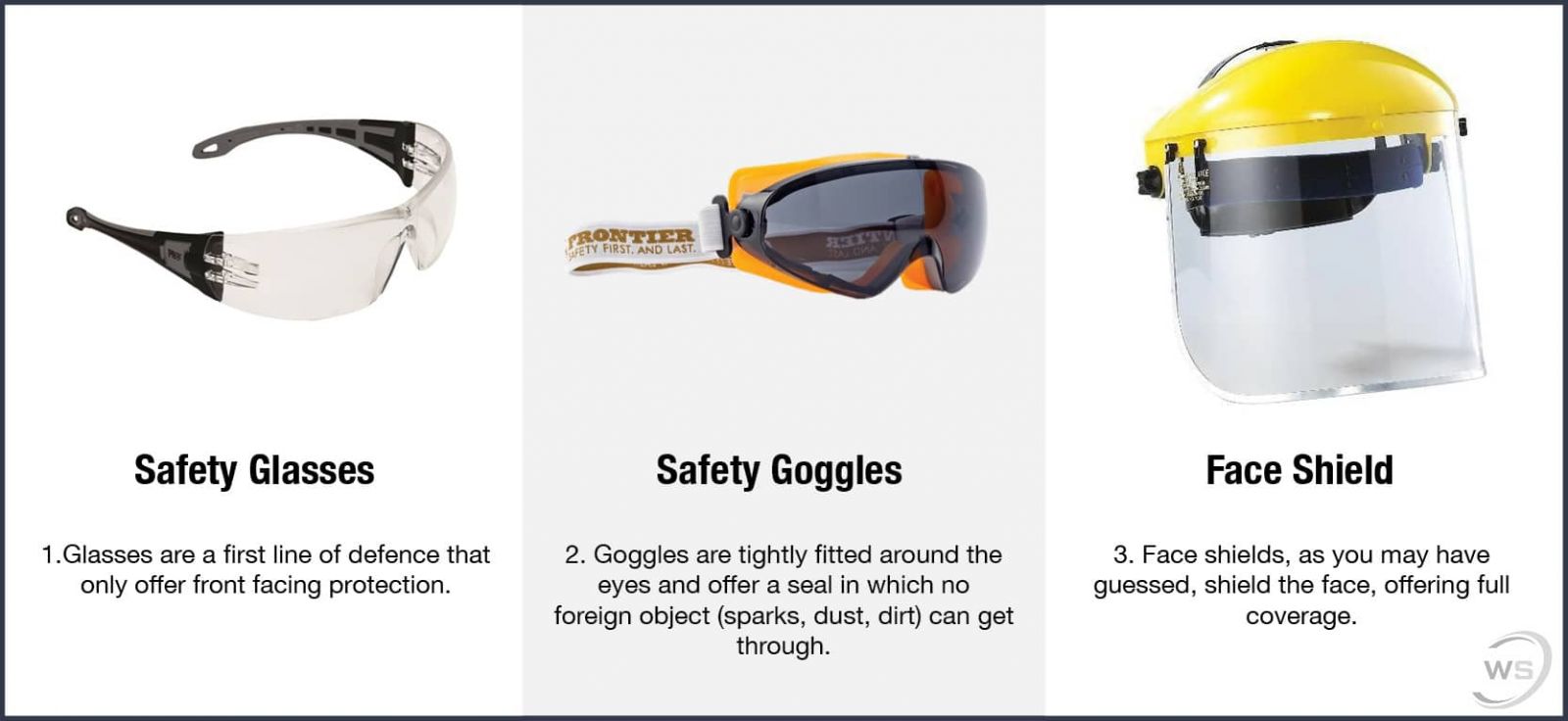A Comprehensive Guide to Road Traffic Control Equipment
Read more...
Author: Harry Watt Date Posted:23 February 2021
Work related eye injuries continue to put Aussies out of work and in hospital year after year, with the majority of incidents being easily preventable.
You guessed it, we need our eyes to see, and if we can't see we can't work. Experts say proper protective eyewear could prevent up to 90 percent of all eye injuries. In Australia, there are over 50,000 eye injuries each year, with a cost to people and businesses around $60 million.
So let's delve into the difference between regular glasses and safety glasses, and why it's important to wear the proper pair and not the ‘this’ll do’ pair.
Safety glasses have to follow a higher standard of impact resistance than regular eye glasses which applies to both the actual glass and the frame. The Majority of safety glasses in Australia are certified by an independent organisation. Certification means that the manufacturer is subject to an annual independent audit, ensuring that the safety requirements are being met.
You may have thought by now that the type of safety glasses you wear depend on the type of work environment you are in, and guess what, you are absolutely correct.
3 common types of eye safety equipment include safety glasses, safety goggles and safety shields (see below):
Small particles, dust, cement chips, slivers of metal, wood chips, you name it — frequently get kicked up in the course of day-to-day work, especially in workshops and construction. Without proper protection you are at risk of potentially irreversible damage.
Chemicals can strike fast — and they can also do so invisibly, critically harming skin and lungs even before physical symptoms appear.
Here are some of the most important symptoms of chemical hazards to take note of when working around them:
Below is an example of the damage an alkali chemical burn can cause to an eye.
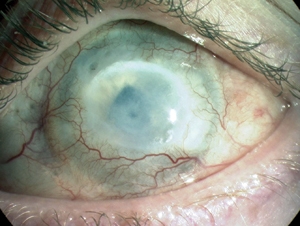
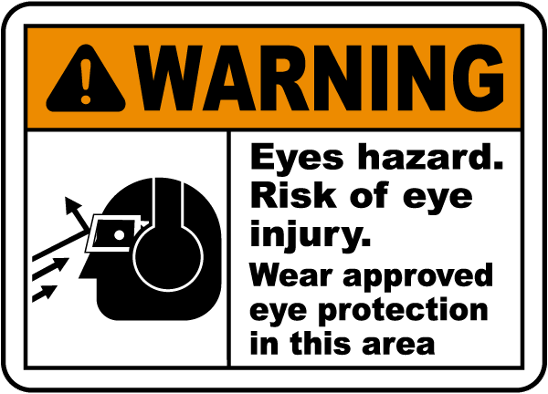
Alright, so you’ve ignored the 3 ways to prevent eye injuries and have gone and done yourself a mischief, now what?
If you have sand, dirt or other small, similar particles in your eye
Having small particles like sand or dirt are not always cause for an emergency. We can usually rely on our eyes to flush these out, so it's worth seeing if the issue takes care of itself before moving on to more serious measures
Now, if you’ve gotten something more serious like glass, metal or plastics in your eye more serious treatment is likely to be necessary. If treated incorrectly, these objects can become embedded in the eye itself and cause more damage and irritation over time.
So, here’s an order of actions to take if you find yourself in an eye injury situation:
All eye injuries should be treated with caution. As tempting as it may be to give it a rub to satisfy that itch, take the time and treat it properly. One thing worth noting is that over the counter eye drops can sometime be more painful or make the injury worse - proper eye protection is a much better investment.
Clearly we are not doctors, nor officially certified to guide you on correct treatment options, but we definitely can advise you to go about it the proper way if you ever experience an eye injury. Always get help from a professional if you suspect a problem.
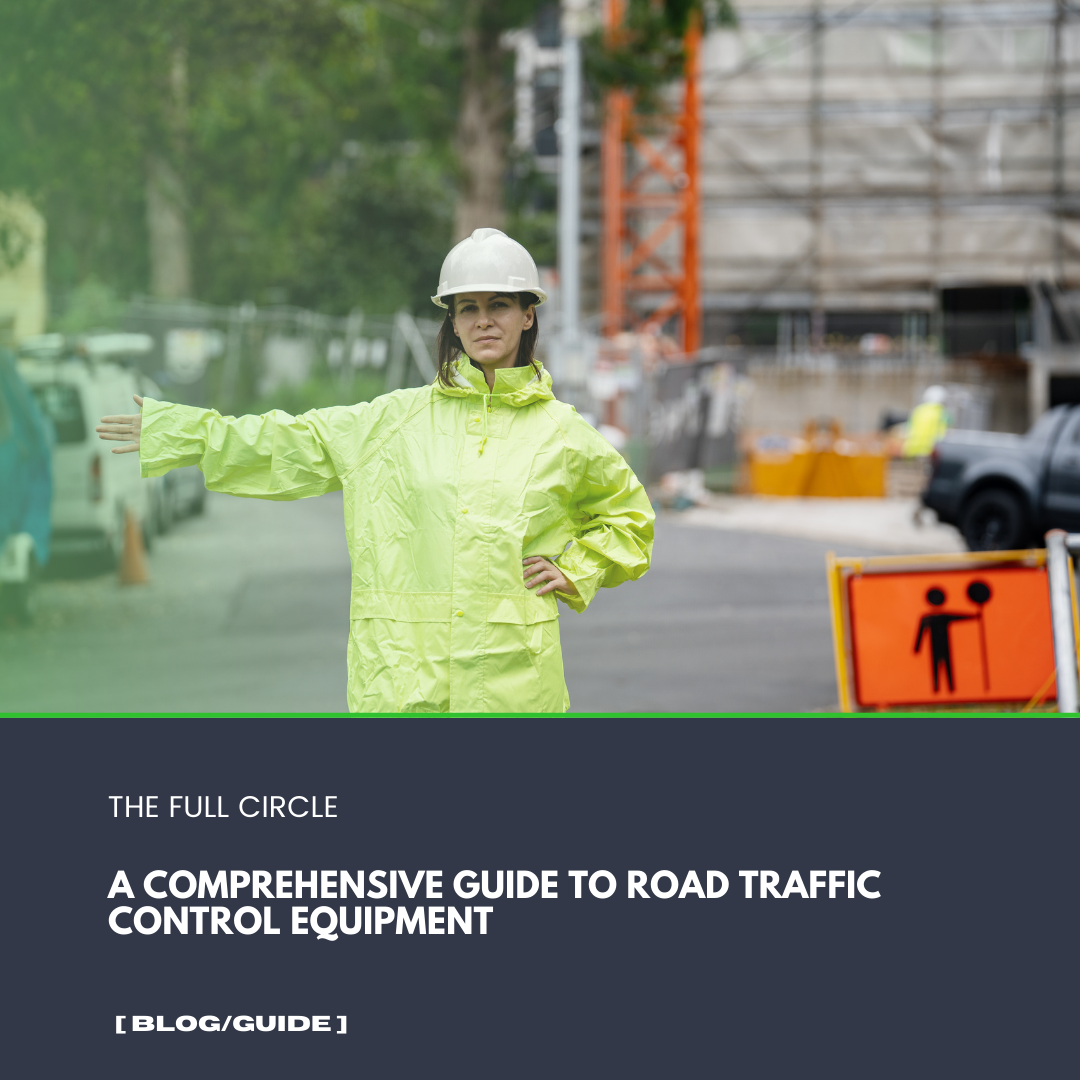
Read more...
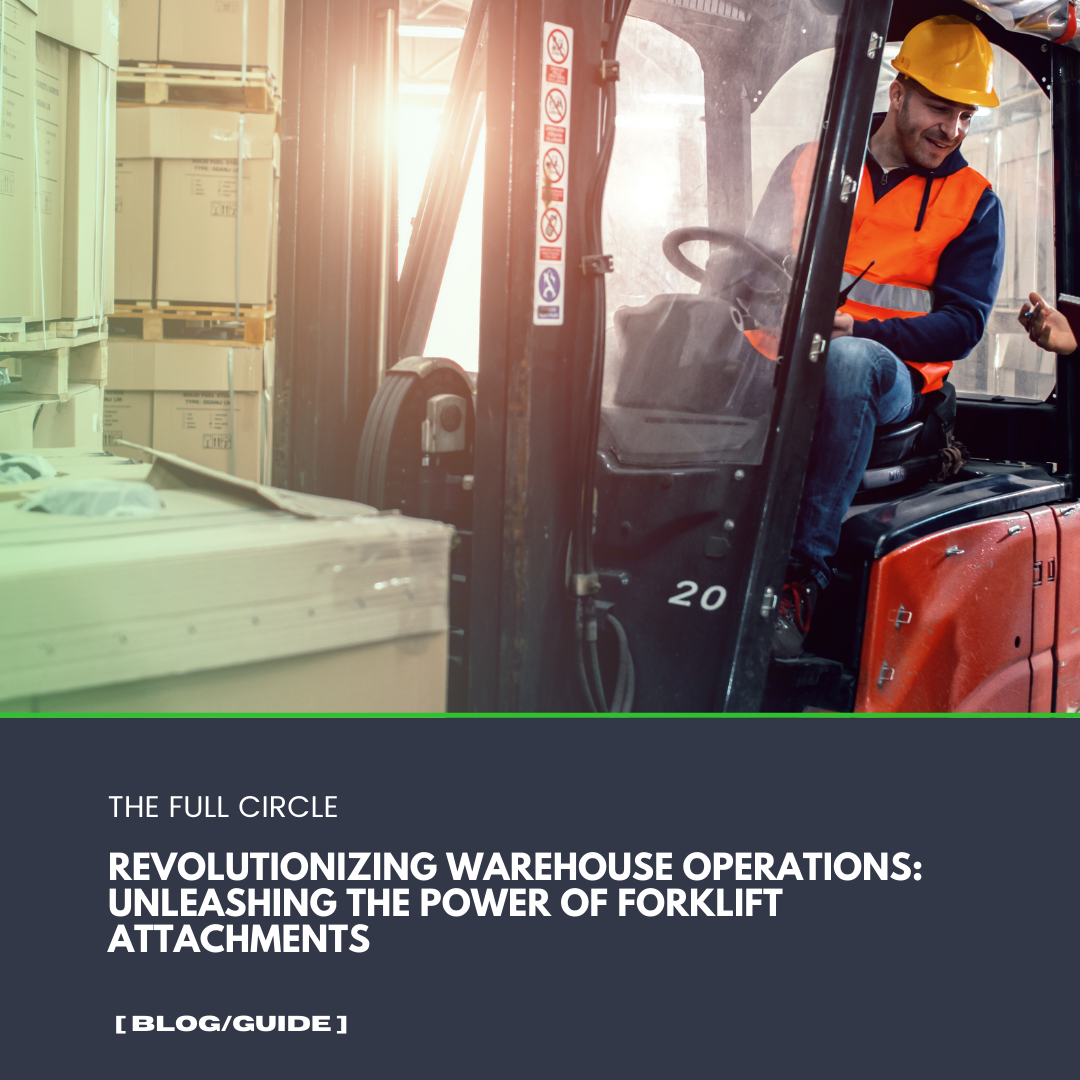
Read more...
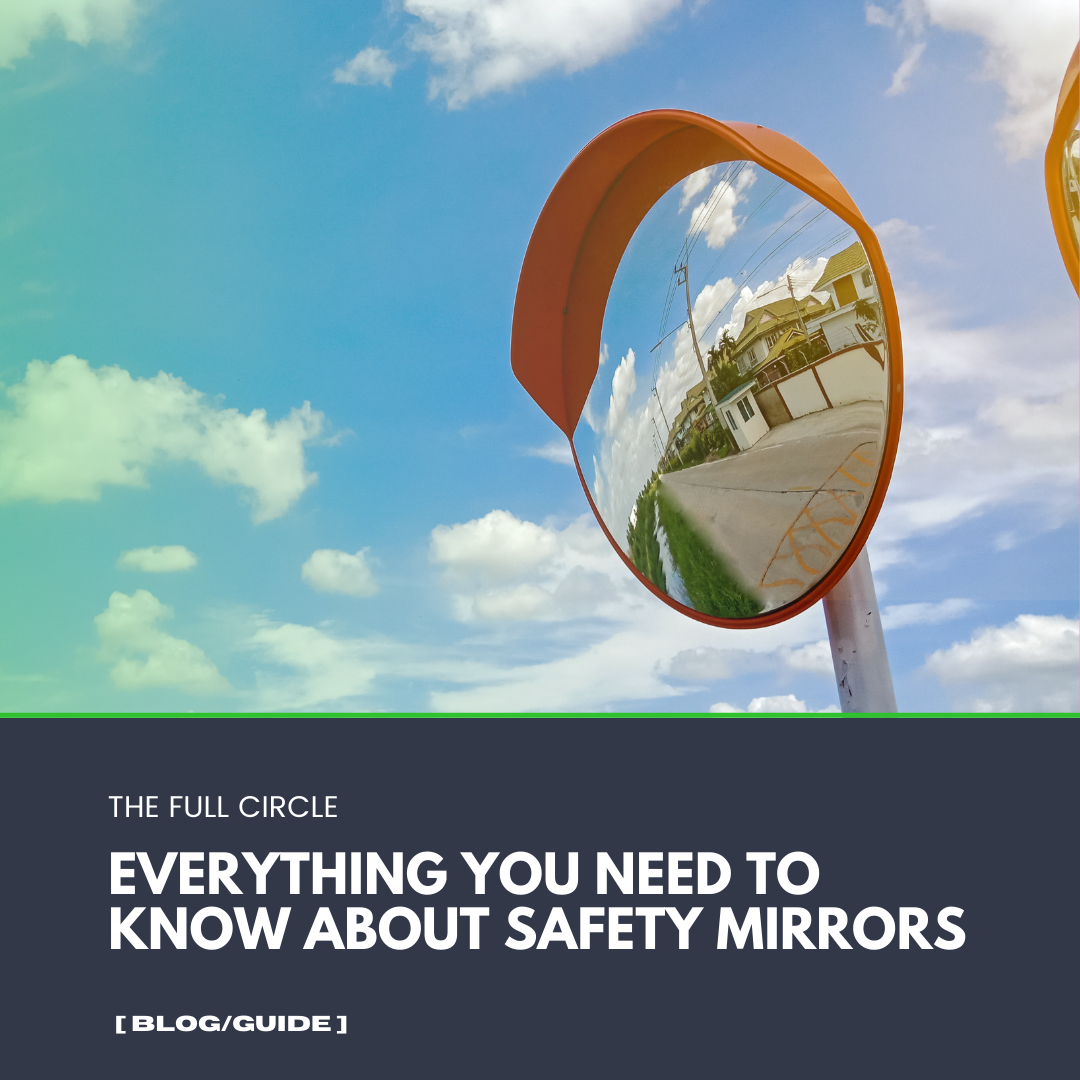
Read more...
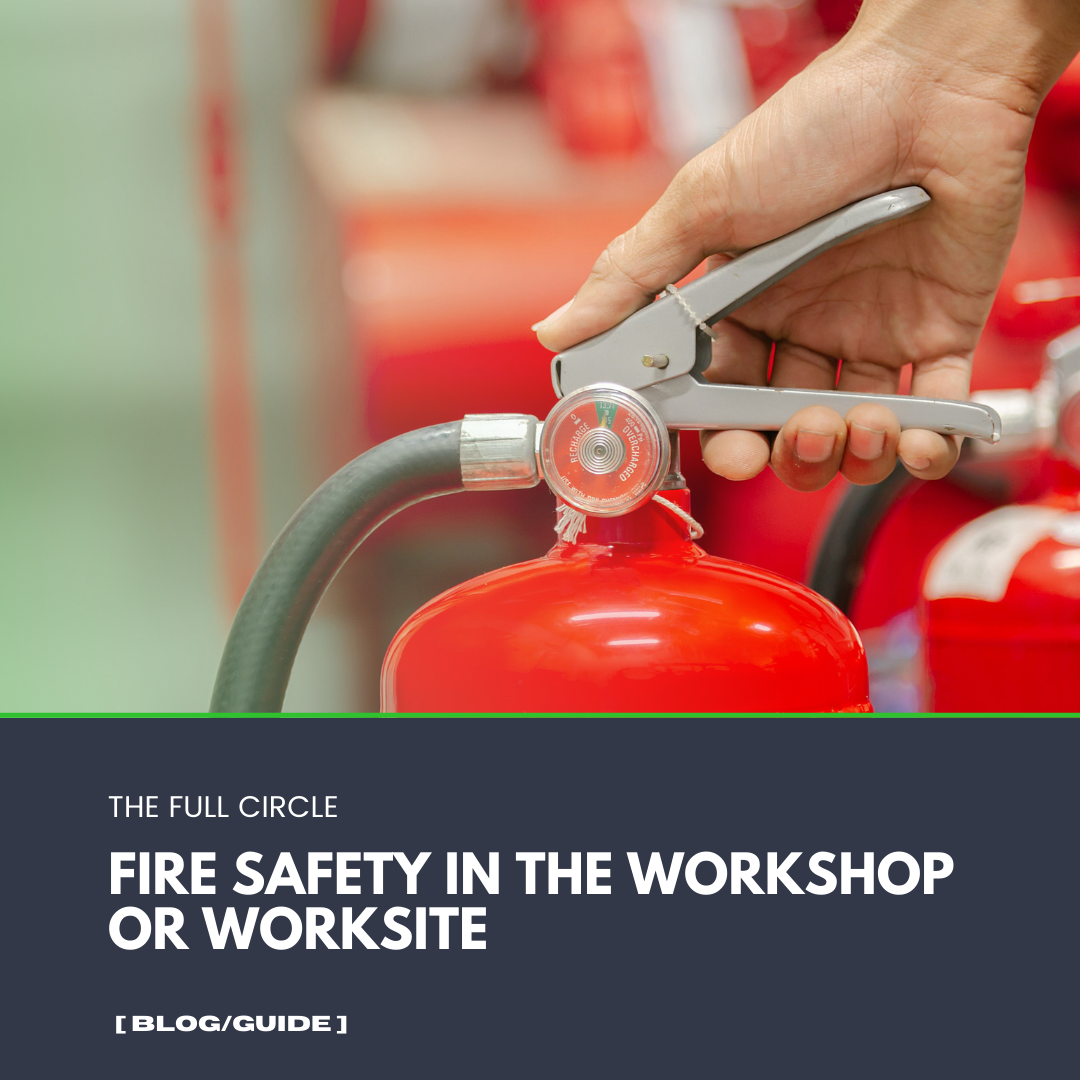
Read more...
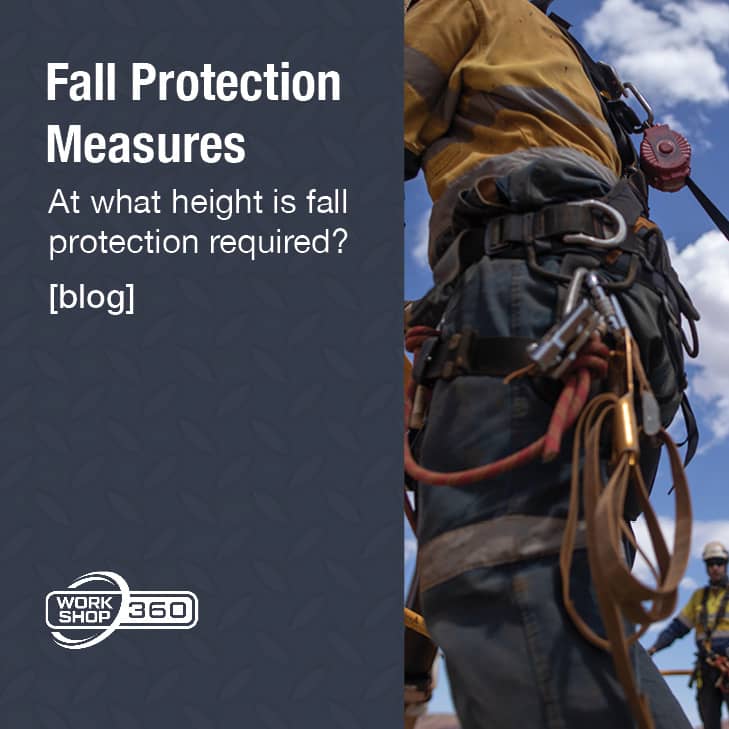
Read more...

Subscribe to our newsletter to get exclusive deals and updates!
 Afterpay
Afterpay Bank Deposit
Bank Deposit PayPal Express
PayPal Express Web Payments
Web Payments Web Payments
Web Payments MasterCard
MasterCard Visa
VisaWelcome to our website. If you continue to browse and use this website, you are agreeing to comply with and be bound by the following terms and conditions of use, which together with our privacy policy govern EagleXP T/A Workshop360’s relationship with you in relation to this website. If you disagree with any part of these terms and conditions, please do not use our website.
The term ‘EagleXP T/A Workshop360’ or ‘us’ or ‘we’ refers to the owner of the website whose registered office is Unit 1, 18 Gravel Pit Road, Darra, QLD, 4076. Our ABN is 14 622 985 068. The term ‘you’ refers to the user or viewer of our website.
The use of this website is subject to the following terms of use:
This Privacy Policy describes how your personal information is collected, used, and shared when you visit or make a purchase from www.workshop360.com.au (the “Site”).
When you visit the Site, we automatically collect certain information about your device, including information about your web browser, IP address, time zone, and some of the cookies that are installed on your device. Additionally, as you browse the Site, we collect information about the individual web pages or products that you view, what websites or search terms referred you to the Site, and information about how you interact with the Site. We refer to this automatically collected information as “Device Information”.
We collect Device Information using the following technologies:
Additionally, when you make a purchase or attempt to make a purchase through the Site, we collect certain information from you, including your name, billing address, shipping address, payment information (including credit card numbers & payment account numbers Paypal, Afterpay, ZipPay), email address, and phone number. We refer to this information as “Order Information”.
When we talk about “Personal Information” in this Privacy Policy, we are talking both about Device Information and Order Information.
We use the Order Information that we collect generally to fulfil any orders placed through the Site (including processing your payment information, arranging for shipping, and providing you with invoices and/or order confirmations). Additionally, we use this order information to:
We use the Device Information that we collect to help us screen for potential risk and fraud (in particular, your IP address), and more generally to improve and optimize our Site (for example, by generating analytics about how our customers browse and interact with the Site, and to assess the success of our marketing and advertising campaigns).
We share your Personal Information with third parties to help us use your Personal Information, as described above.
We also use Google Analytics to help us understand how our customers use the Site-you can read more about how Google uses your Personal Information here: https://www.google.com/intl/en/policies/privacy/. You can also opt-out of Google Analytics here: https://tools.google.com/dlpage/gaoptout.
Lastly, we may also share your Personal Information to comply with applicable laws and regulations, to respond to a subpoena, search warrant or other lawful request for information we receive, or to otherwise protect our rights.
As described above, we use your Personal Information to provide you with targeted advertisements or marketing communications we believe may be of interest to you. For more information about how targeted advertising works, you can visit the Network Advertising Initiative’s (“NAI”) educational page at http://www.networkadvertising.org/understanding-online-advertising/how-does-it-work.
You can opt out of targeted advertising by:
Facebook - https://www.facebook.com/settings/?tab=ads
Google - https://www.google.com/settings/ads/anonymous
Bing - https://advertise.bingads.microsoft.com/en-us/resources/policies/personalized-ads
Additionally, you can opt-out of some of these services by visiting the Digital Advertising Alliance’s opt-out portal at: http://optout.aboutads.info/.
You can also do a blanket opt-out of targeted advertising at http://www.youronlinechoices.com.au/ for companies who have signed up to “Your Online Choices”.
This website uses the Google AdWords remarketing service to advertise on third party websites (including Google) to previous visitors to our site. It could mean that we advertise to previous visitors who have completed a task on our site, for example using the contact form to make an enquiry or making a purchase.
This could be in the form of an advertisement on the Google search results page, or a site in the Google Display Network. Third-party vendors, including Google, use cookies to serve ads based on someone’s past visits to this website. Of course, any data collected will be used in accordance with our own privacy policy and Google’s privacy policy.
You can set preferences for how Google advertises to you using the Google Ad Preferences page.
Please note that we do not alter our Site’s data collection and use practices when we see a Do Not Track signal from your browser.
Under Australia Consumer Law you are entitled to rights regarding the collection and usage of your information. For more information on your rights visit the ACCC website: www.accc.gov.au
When you place an order through the Site, we will maintain your Order Information for our records unless and until you ask us to delete this information.
We may update this privacy policy from time to time in order to reflect, for example, changes to our practices or for other operational, legal or regulatory reasons.
For more information about our privacy practices, if you have questions, or if you would like to make a complaint, please contact us by e-mail at admin@workshop360.com.au or by mail using the details provided below:
Unit 1/18 Gravel Pit Road, DARRA, QLD, 4076, AUSTRALIA


Add your favourites to cart

Select Afterpay at checkout

Log into or create your Afterpay account, with instant approval decision

Your purchase will be split into 4 payments, payable every 2 weeks
All you need to apply is to have a debit or credit card, to be over 18 years of age, and to be a resident of country offering Afterpay
Late fees and additional eligibility criteria apply. The first payment may be due at the time of purchase
For complete terms visit afterpay.com/terms
